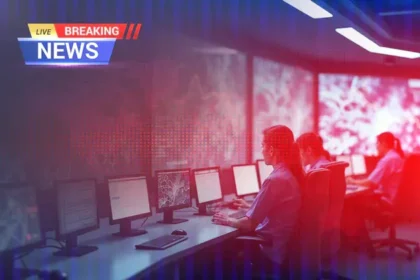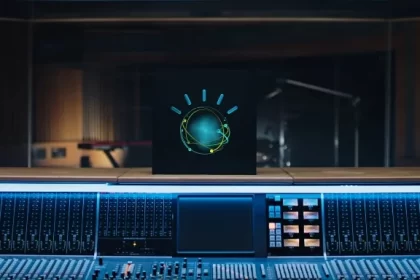Remote learning, modified schedules, virtual classrooms, and hybrid class modes have become common this year. Going back to school and institutions has been like no other in history. Fortunately, distant classroom circumstances are made possible by a technology base with features that include cloud, video, conferencing, and collaboration. The last-minute decisions to find the right tools have brought new vulnerabilities for students and teachers. Cybersecurity in the remote classroom set up has many consequences and drawbacks. Many cybersecurity issues are arising in the remote classroom setup.
Let’s discuss cybersecurity in the remote classroom arrangement.
Cyber Class Concerns
The biggest concern in a remote classroom is cybersecurity, with the plague of ransomware leading the list. Many schools and institutions have faced cyberattacks risks. Most teachers, students, and staff have not been told about the external threats to their working environment. The risks associated with the remote classroom that threatens to breach faith and emerge from endless sources. Getting locked out of your records and spreading infection among students are the latest disruptive showstoppers in education. Besides, many environments have little management of endpoints for students, exacerbating cybersecurity issues, and consistency. Not every student has secure access to quality Internet in other cases, impacting communication inside the classroom.
The Consequences of Switching to Remote Learning Tools
In terms of cybersecurity, school systems and colleges have a lot to learn. Cybercriminals do not balance much of their IT security posture and resources. As more faculty turn to social media to engage students, this entails some more risks of cybersecurity in the remote classroom. The widespread effect of the Zoom outage has triggered a lack of contingency measures. Early in the remote classroom boom, many of the technologies embraced by schools were mainly designed with business in mind. It resulted in a flexibility and size disparity with classroom needs. Schools have a fiduciary duty to protect their students’ privacy, just as corporations secure credit card information. The evolution of remote tools in the classroom is essential. But it will take time and intense caution to work out the needs of the audience they represent in the classroom.
In schools and companies, catastrophic cybersecurity vulnerabilities are alive and well. There’s no one safe with cybersecurity in the remote classroom setup. While to rise to the challenge, new feature sets and innovations are emerging. Schools must remain mindful of the risks of implementing something without adequately vetting it. Schools need to recognize and understand and raise proper awareness of this crucial moment. School boards must now have a cybersecurity strategy and governance in place, just as is expected from organizations and businesses.
Conclusion
Ultimately, the end-user remains the biggest possible threat with cybersecurity in the remote classroom setup. The foundation of any strong cybersecurity plan is providing training to identify phishing attempts in emails, suspicious websites, and other scams. No technology exists that can stop all phishing attacks. It was never there, and it would never be. And because of that, any adequate computer security requires a routine and robust education component, especially against phishing and ransomware.










